Česká Lípa is a charming town that delights with its rich history and beautiful surroundings. It is characterized by beautiful architecture, including the Gothic church of St. Nicholas and the Baroque town hall. Walking along the cobblestone streets, you can admire the well-preserved buildings that constitute the city’s historical heritage. For nature lovers, Česká Lípa offers many attractions, as it is surrounded by the charming areas of the Bohemian Switzerland National Park. Hiking and cycling trails lead through lush forests and rolling terrain, providing the opportunity to immerse yourself in the region’s natural beauty.
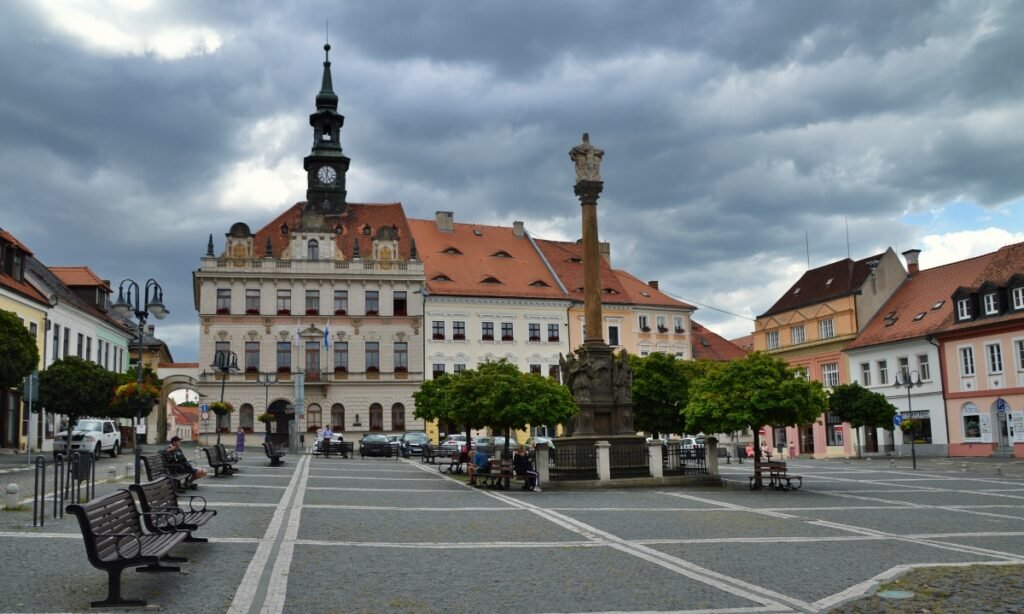
Location
Česká Lípa is located in the north of the Czech Republic and belongs to the border counties. In the northern part it borders with the Germany.
The town of Česká Lípa is located on the Ploučnica River, with the historic center on its right bank. The town was founded by the Ron family, especially Jindřich from Lipé in 1305–1319, and the Berk family from Dubé for its development. One hundred years later, the town was occupied by the Hussite army of Jan Roháč of Dubá and affected by devastating fires. The modern appearance and development was influenced by industrial production and the proximity of uranium mining, a number of large panel housing estates were created in the city. The city center was preserved and declared a city monument zone.

Mount Klíč
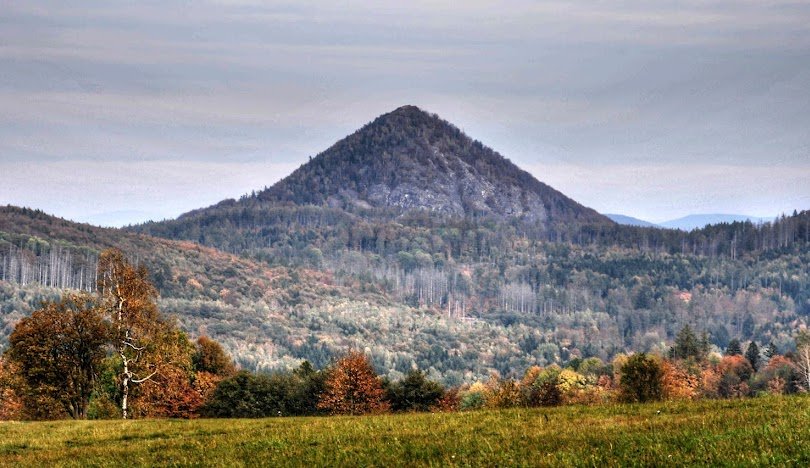
Klíč is the fourth highest mountain in the Lusatian Mountains. It is a distinctive bell cone, the height of which is 760 meters. The entire hill is protected as a nature reserve of the same name Najwyższym szczytem Gór Łużyckich is Luž (793m a.s.l.), Najpiękniejsze gołoborza w Górach Łużyckich znadnó się na wyizolowanym pożku povolkanicznym, located near the town of Nový Bor, in the immediate vicinity of the village of Svor.
- Market square

The old town includes a market square with preserved historic tenement houses, a town hall, a fountain and the Holy Trinity Column.
- Augustinian Monastery with the Basilica of All Saints
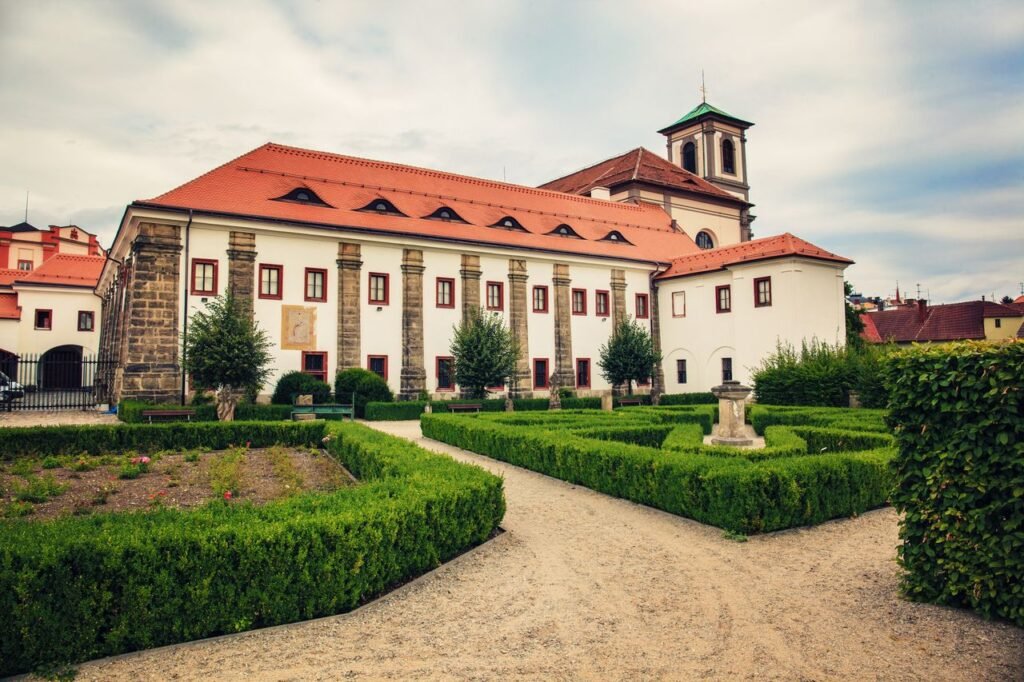
The Basilica of All Saints is the most important religious building in Česká Lípa. The monastery church belonged to the Order of St. Augustin and in 1707 he was also ordained by their provincial Pelikán. The Augustinians came to Česká Lípa in 1624 and worked there until 1950. The church was elevated to a minor Basilica, i.e. a papal church, on July 9, 1927, as shown by the coat of arms of Pope Pius XI. above the entrance.
- Lipý Castle
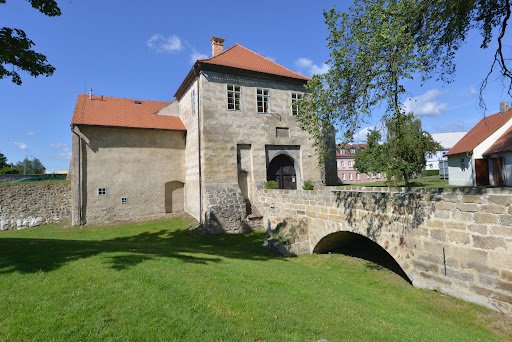
Originally a Gothic water castle from the 13th century (the Ronovc family), it was rebuilt four centuries later in the spirit of the Renaissance. After World War II, unfortunately, it was largely demolished. In 1995, the remains of the castle were cleaned up, and today the place is used to organize cultural events in the city. The castle’s defensive walls, two Gothic gates and the foundations of the palatium have been partially preserved.
- Red House mansion

This two-story Renaissance summer palace was built on the Ploučnice River in 1583 at the northern edge of the chateau garden. In the vicinity there was a farm manor, and on the other bank of the river there was a town mill and a Jewish district. The building has an open loggia and is decorated with graffiti. There was double plaster on the walls: white on the bottom, mixed with charcoal on the outside. By scraping off the top layer, beautiful decorations were created. The windows and doors were painted red, hence the name of the building.
- Museum and Gallery of National History and Geography
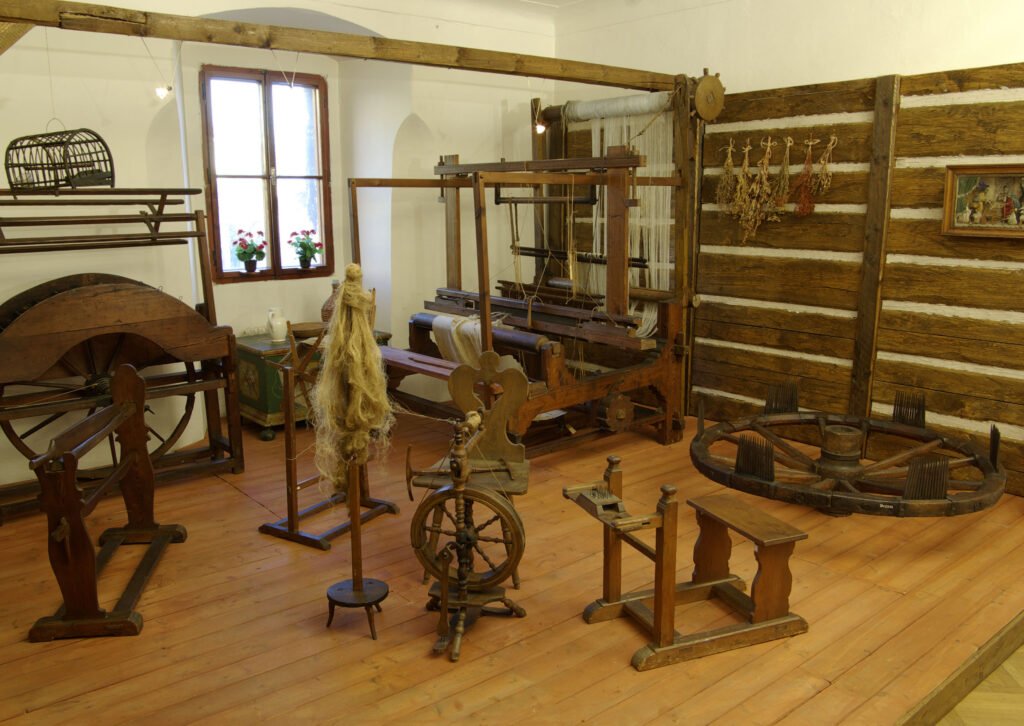
The history of the Museum is rich, because as early as in 1900 those who were professionally engaged in the local national history movement established the Česká Lípa Museum Association to administer their collections.
Permanent exposures The main building:
1. Regional exposition The nature of the Česká Lípa Region
2. Regional exposition The history of the Česká Lípa Region until 1945
3. Ancient Egypt and the Česká Lípa Region
4. Animals from all over the world
5 The world of insects and arachnids
6. Geology and mineralogy
7 Blacksmith’s shop exposition
8. The world of seas and oceans
Museum branches:
1. Bredov Summer Residence on Lemberk
2. Village Mayor’s House in Víska, Kravaře
3. Karel Hynek Mácha Memorial, Doksy
- Archaeological Museum Šatlava in Česká lípa

he name of the street is derived from the city shuttle, which was located in it probably from the second half of the 16th century until 1935. Today, this building has no. 189, the Shatlava Archaeological Museum is located. The museum is worth a visit. The museum offers exhibitions in cave archaeology, steleoanthropology and prison corner. Possibility of a virtual tour of medieval Česká Lípa.

- Holy Trench
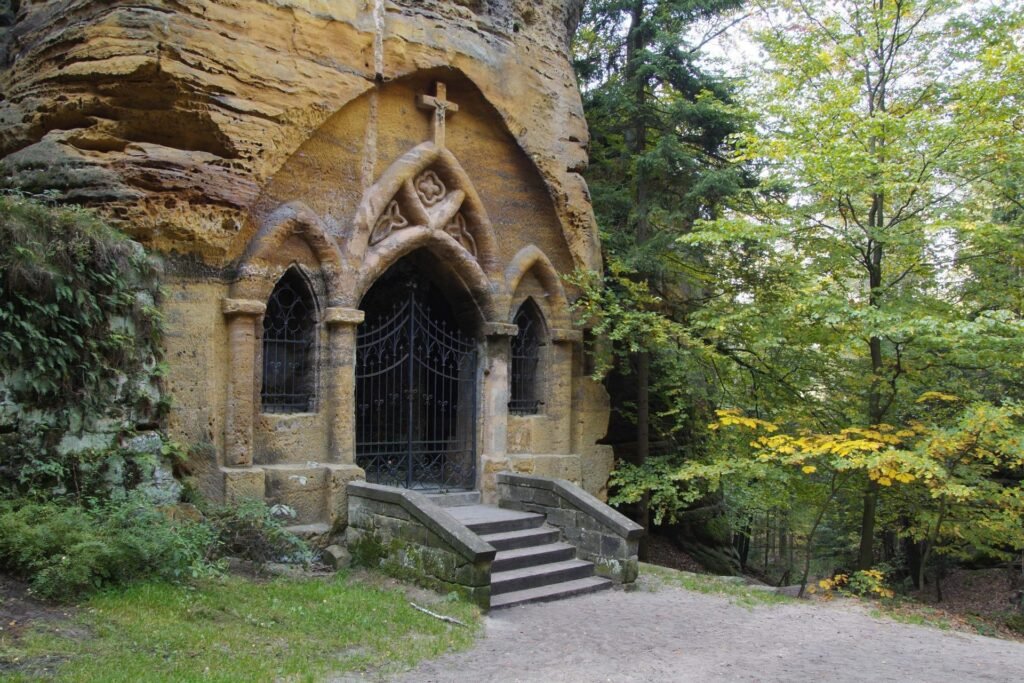
Hidden in the woods, chapel and hermitages carved right into the rock. According to legend, the knight Jaroslav of Svojkov and the daughter of the brewer from Velenice died here willingly. The knight’s parents did not approve of their love, so they decided to leave this world together. The Modlivý Důl (Prayer Valley) is a deep valley covered with forest. It is situated in a beautiful forest behind a rock massif in Svojkov pod Slavíčkem. The sides of the canyon are bordered with steep sandstone rocks.
